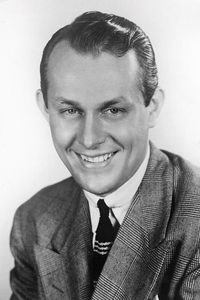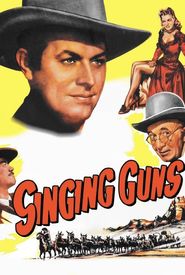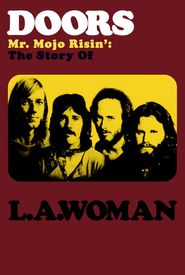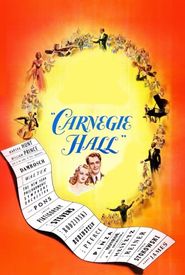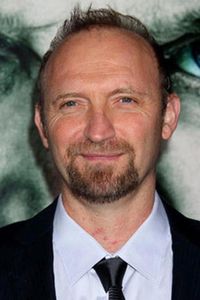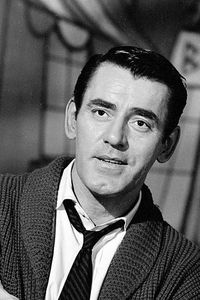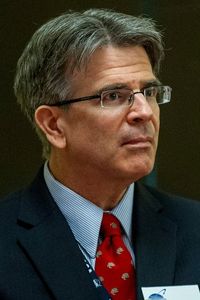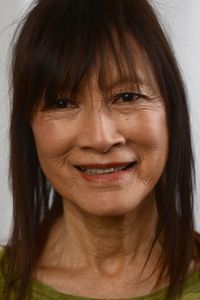Vaughn Wilton Monroe was born on October 7, 1911, in Akron, Ohio, and his family relocated to Wisconsin shortly after his birth. He showcased an early talent for the trumpet and dedicated most of his early efforts to mastering the instrument.
Initially, Monroe aspired to become an opera singer, but the Great Depression made pursuing such a career impractical. Instead, he pursued a career as a vocalist, performing with several bands, including Austin Wylie, Larry Funk, and Jack Marshard. Marshard, recognizing Monroe's talent, brought him out from the brass section and transformed him into a conductor.
At the urging of Marshard and others, Monroe established his own orchestra in 1940. RCA Victor promptly signed him to a contract, and from 1940 to 1954, he achieved over 70 chart hits. One of his most iconic hits is the 1946 version of "Let it Snow! Let it Snow! Let it Snow!", which is featured at the end of the first two Bruce Willis "Die Hard" films.
The tall, handsome Monroe, whose signature tune was "Racing With the Moon", was extremely popular in the 1940s and early 1950s. His band was broadcast on the radio every Sunday in America under contract to Camel cigarettes and played to packed ballrooms wherever they performed. Some of the notable musicians who regularly toured with Monroe included guitarist Bucky Pizzarelli, saxophonist Andy Bagni, Bobby Nichols, singer Mary Jo Grogan, trumpeter Bobby Nichols, trombonist Ray Conniff, and renowned jazz pianist Arnold Ross.
The big band business began to decline in the early 1950s, and Monroe disbanded his orchestra in 1953. For the next 20 years, he worked as a single artist and performed on the nightclub circuit, while maintaining his contract with RCA Victor as their spokesman.
Vaughn Wilton Monroe passed away on May 21, 1973, shortly after undergoing stomach surgery.
